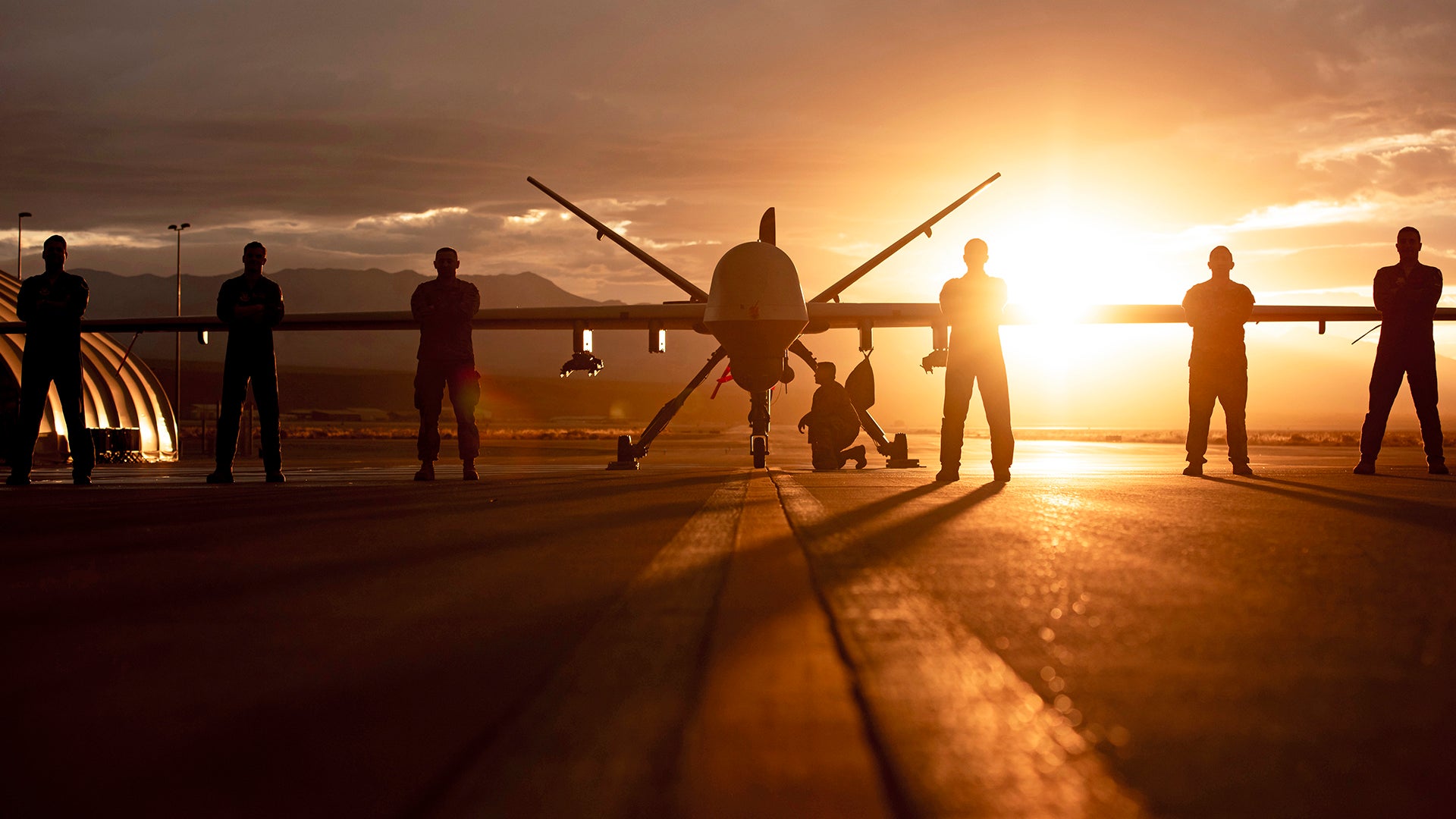The Air Force’s 2021 Fiscal Year budget request shows the service expects to buy its last 24 MQ-9 Reaper unmanned aircraft systems this year, with production basically ending next year with a total of 337 of drones delivered. It was originally thought that production would wind down over the next half-decade, with a total force of 363 MQ-9s being delivered. This potential change has a number of implications. Firstly, it would be an unwelcome and abrupt change for General Atomics, who builds the Reaper. Secondly, it points to a new and somewhat long-awaited reality in which the Air Force prioritizes survivability of its unmanned combat aircraft in order to be able to have them take a more central role in a conflict against an advanced peer-state foe.
Air Force Magazine
published an article about the uncertain fate of the MQ-9 production line on February 26th, 2020. In it, the General Atomics’ Chris Pehrson, Vice President of strategic development for the company, explained the peculiar situation, stating:
“The abrupt shutdown of the production line without a transition plan does jeopardize the [intelligence, surveillance, and reconnaissance] enterprise… You’ll see impact eventually, when combat lines have to be reduced or … the assets aren’t there for training… We’re actually going out about 22 months ahead of delivery and procuring the long-lead item parts, … whether it’s [satellite communication] equipment or engines, … to negotiate the best prices and get the best deals for the government…
Having the rug pulled out from under your feet at the last minute kind of disrupts all your supply chain investments that you’re making… If they stop production today, say, that’s going to have an immediate impact on … the composite manufacturing team, but as time moves on, that impact is going to ripple throughout the whole labor force… We’ll have unemployment or a layoff situation in certain skill sets if we don’t find a way to fill this decreased demand immediately with some other new product or new capability.”
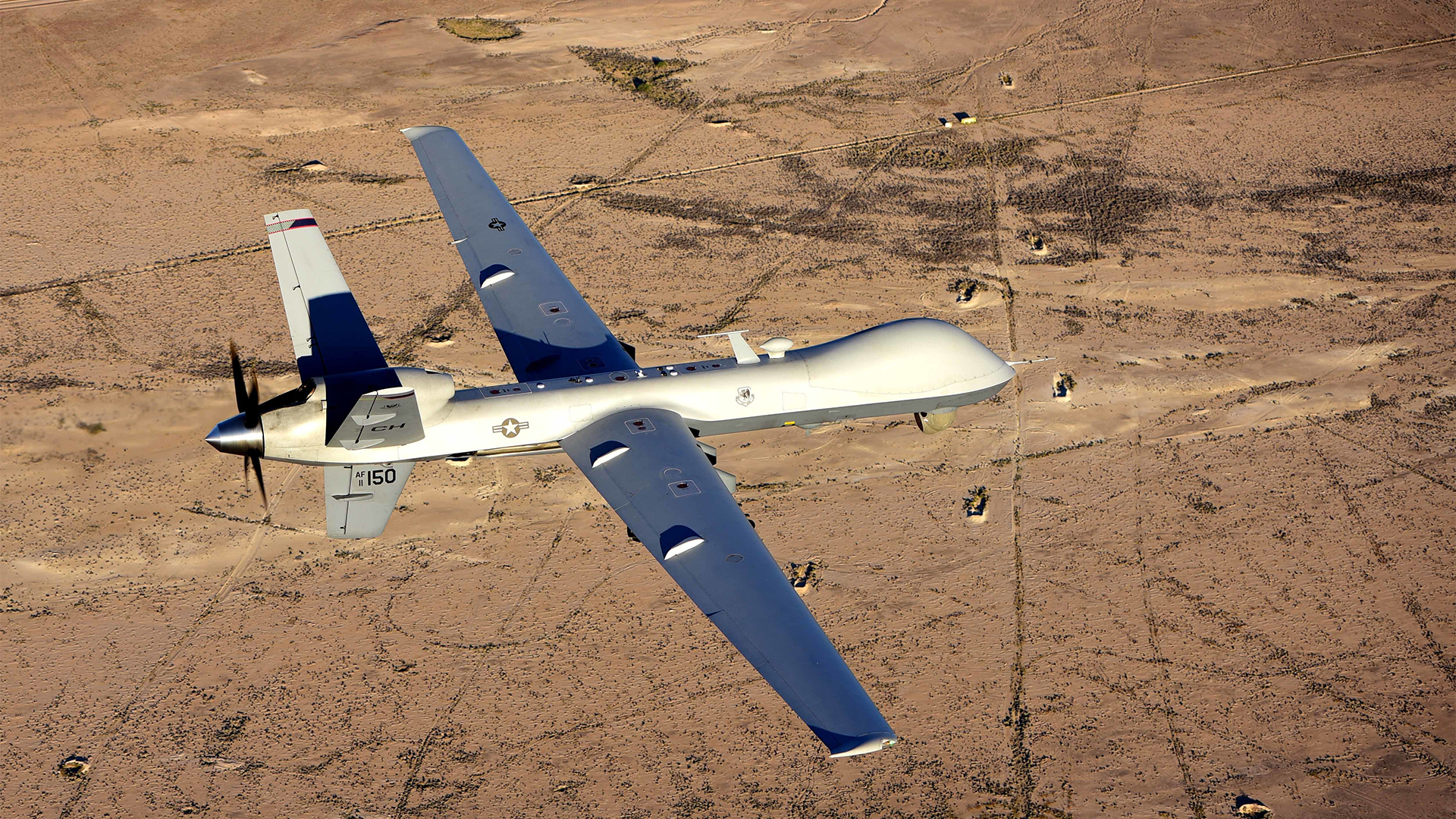
Clearly, this is not good news for General Atomics’ unmanned aircraft division. They have other programs underway, namely the SkyGuardian derivative of the Reaper. The multi-mission SkyGuardian is modified to be able to fly in controlled airspace around normal air traffic and has a host of enhancements, including a 40-hour endurance and 50,000-foot ceiling. But still, the end of the legacy Reaper line would also mean an end of dominating the remotely piloted aircraft procurement space within the Air Force. Currently, the MQ-9 serves as the backbone of the Air Force’s combat drone fleet.

It also comes as the company just built a huge new complex at its ever-expanding El Mirage flight test base, located just a handful of miles northwest of its Grey Butte master production facility. This new facility, which includes a 120,000 square-foot hangar, is said to have been built in part to support the SkyGuardian program, but it seems remarkably large for just that purpose.
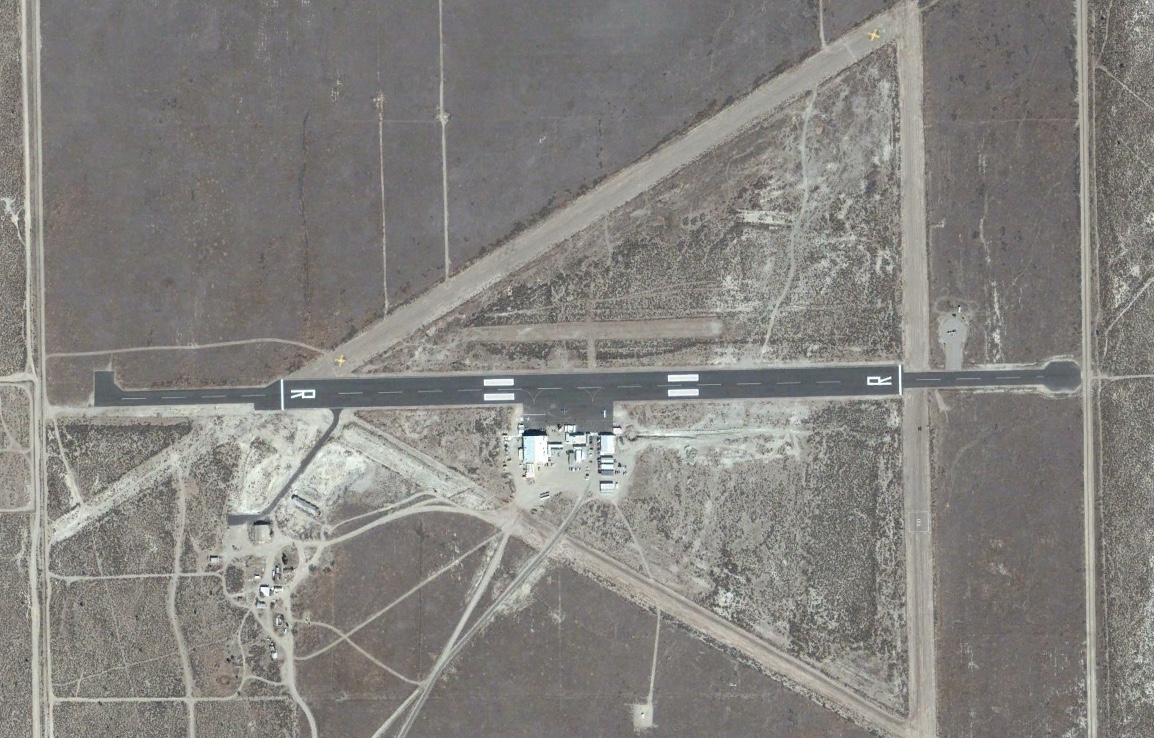
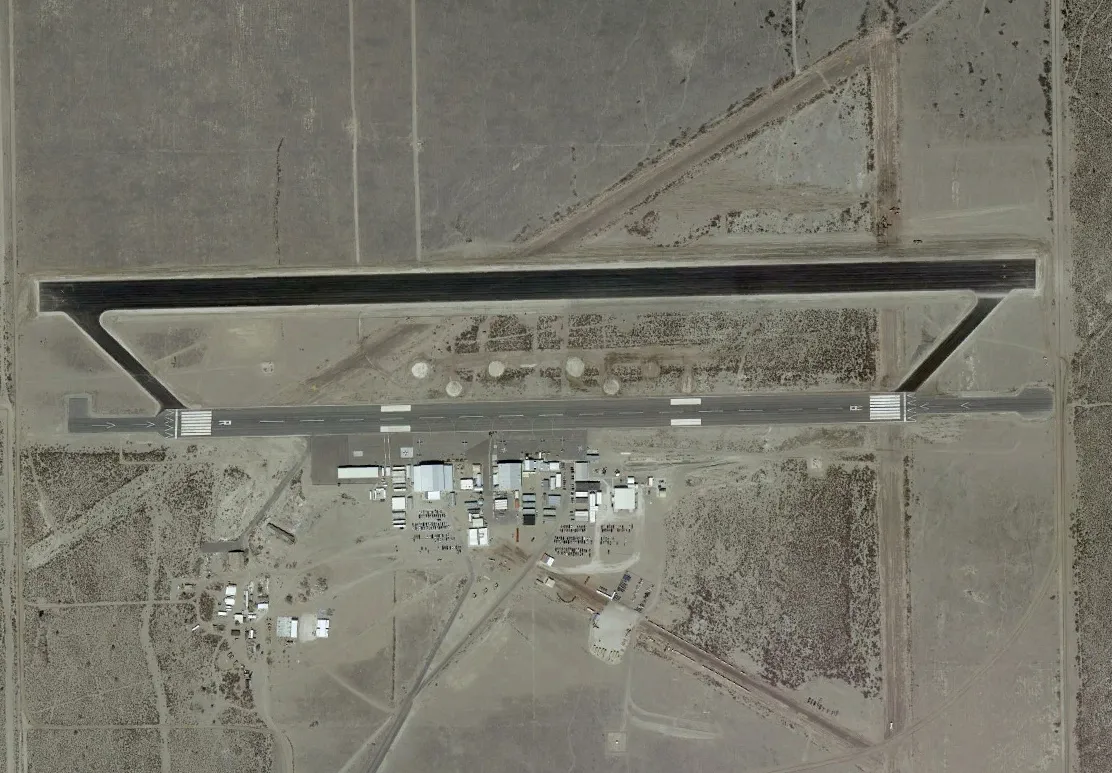
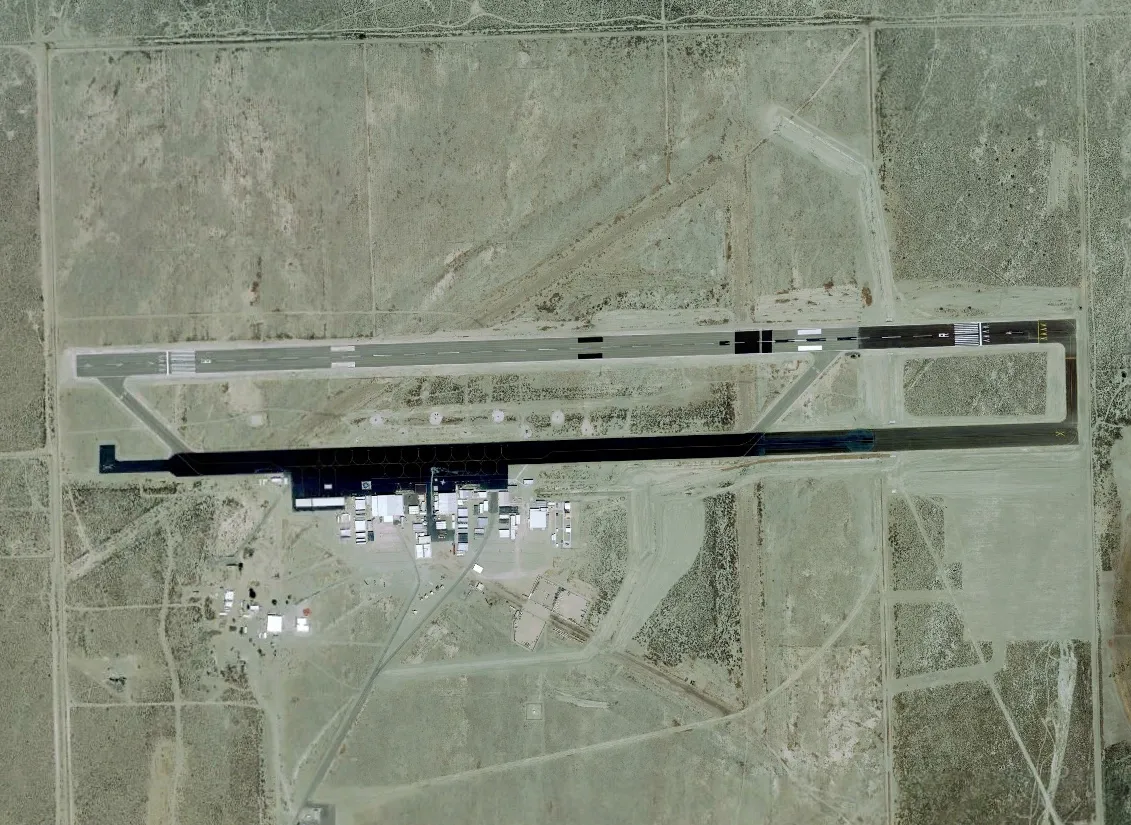

Currently, SkyGuardian is on order with Royal Air Force under the Protector RG Mk1 name. Belgium has also purchased some of the aircraft and the RAAF could also put in an order. General Atomics sees the potential for sales to a number of other countries for various missions, as well.
As it sits now, the Navy is only planning on buying two MQ-9s for the Marines in Fiscal Year 2020, down from three originally, and has cut the rest of the plan for more Marine Reapers. They had planned to buy another three in 2021.
This also comes as the Air Force’s contractor-operated orbits—a term used to describe an area where unmanned aircraft can have a persistent presence overhead—are set to get cut, as well. Overall, the flying force’s number of orbits at any given time, each of which is usually made possible by a team of four aircraft and their support crews—is planned to be cut from 70 to 60.

The Army’s MQ-1C Grey Eagle, a derivative of the Predator/Reaper family, is also nearing the end of its production run. The Army is buying just nine of the aircraft in Fiscal Year 2020 and none in 2021.
The MQ-9 series is also used by U.S. Customs and Border Protection, which still refers to them by General Atomics’ original name for the type, Predator B. NASA has operated two different derivatives for scientific missions, too. According to Air Force Magazine, General Atomics wants its smaller customers to switch over to the SkyGuardian for new orders as it would mean having only one type in production and those customers would benefit from its enhanced abilities and lower sustainment costs.

This proposed move is further evidence that the Air Force is coming to terms with the fact that it needs aerial platforms that are survivable in a peer-state conflict. The MQ-9 is a very capable unmanned sensor and weapons ‘truck,’ but it is relatively slow and vulnerable to enemy air defenses, even those belonging to non-state actors.
Everything from air-to-air missiles to electronic warfare systems to defensive air-to-ground weaponry has been eyed as possible ways to give the MQ-9 a bit more survivability over the modern battlefield. But even with these additions, the aircraft’s applications become far more limited if operations in contested airspace become a reality.

As our readers know all too well, the Air Force was rapidly pursuing a more autonomous, faster, and far less detectable unmanned combat air vehicles (UCAVs) as far back as the early 2000s. By the end of that decade, what seemed like the biggest leap in air combat capability since the jet engine went from being on the tip of the Air Force brass’s tongue to being scrubbed from all the force’s official plans and literature. It was sas if the concept of a stealthy unmanned combat air vehicle (UCAV) never even existed.
Whether those initiatives were pushed into the classified realm or were abandoned altogether is not entirely clear, but either way, their public absence is a major issue that has huge implications on America’s national security. You can read all about this bizarre situation, its ramifications, and the history of UCAVs in this past special feature of ours.
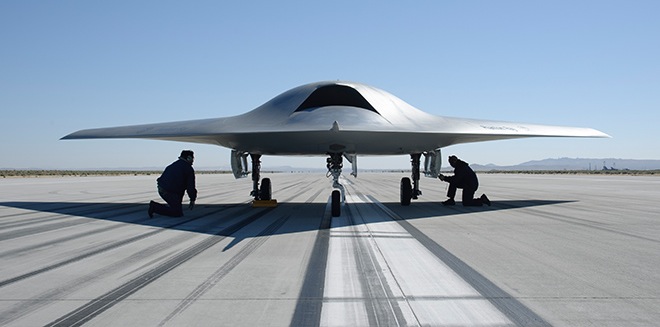
It has gotten to a point where America’s adversaries are pursuing the technology openly, as well. Whatever the case may be, geopolitical factors and the changing realities of air combat seem to have finally forced the Air Force’s hand to invest in survivable air combat drones, or at least begin to migrate what exists in the darkness into the light and scale up those initiatives substantially.
General Atomics is aware that this potential seachange could drastically impact their military drone portfolio and the company is investing in figuring out what it has to offer next.
“Think of them as a next-generation, what the MQ-9 does today, but it can do it in a less-permissive environment,” Pehrson told Air Force Magazine. “There aren’t any formal requirements yet. This is kind of building something in anticipation of what the requirements will be.”
Air Force Magazine notes that Pehrson wouldn’t say if General Atomics has prototypes of a potentially new and more survivable design, but he did say that the concepts are newer than the Company’s Q-11, otherwise known by the Predator-C or Avenger.

First flown in 2009 and further developed into a larger and more refined airframe, the Avenger, which has low observable (stealthy) features, never really caught on with a major customer. Still, a number of them were built and have seen action in both Afghanistan and Syria. The extent of those operations remains unclear, but its more survivable nature was likely leveraged for certain operations.
Overall, the Q-11’s operations outside of the testing environment have been largely secretive. It is possible that a small fleet of these aircraft is flown in conjunction with the Central Intelligence Agency. Still, the Avenger clearly didn’t go far enough in terms of low observability and survivability with regards to facing a well-equipped peer-state with a dense integrated air defense system, so what comes next from General Atomics will likely be a substantial step beyond the Avenger’s capabilities in certain respects.
On the other hand, it could be so cheap to procure that it is optionally expendable. The promising potential of lower-cost, but still somewhat survivable drones, which can also operate alongside manned aircraft, certainly is another factor, as are higher, faster, and longer-ranged weapons and sensor ‘trucks.’ The company could leverage its work on the MQ-25 program to come up with niche solutions that may not depend on the capability to penetrate enemy airspace necessarily, as well.
We’ll just have to wait and see.

Seeing that the company lost the MQ-25 Carrier-Based Aerial Refueling System (CBARS) contract with the Navy, and the fact that their “bread and butter” products that have long sold so well with the DoD may no longer be procured, General Atomics Aeronautical Systems is in a unique position in which it has to reorient itself to recapture some of this business. One would be foolish to count them out. The firm largely wrote the book on remotely piloted aircraft combat operations. They won’t go quietly into the night as competitors, such as Lockheed Martin, Kratos, and others, swoop in and grab the torch out of their hands. Who knows, their big new facility at El Mirage may hold some secrets already in the works to see that this doesn’t happen.
It’s also important to note that Congress still has to approve the Air Force’s wish to end Reaper production early and the MQ-9s already in the inventory will serve for decades to come in very important ways.
Beyond anything else, the end of production of once the Air Force’s cornerstone remotely piloted vehicles, ones that were designed to lord over the battlefield in permissive airspace, is a budding sign that the service is finally coming to its senses when it comes to the need to invest big in stealthy unmanned combat air vehicles and other survivable drone platforms.
Contact the author: Tyler@thedrive.com
